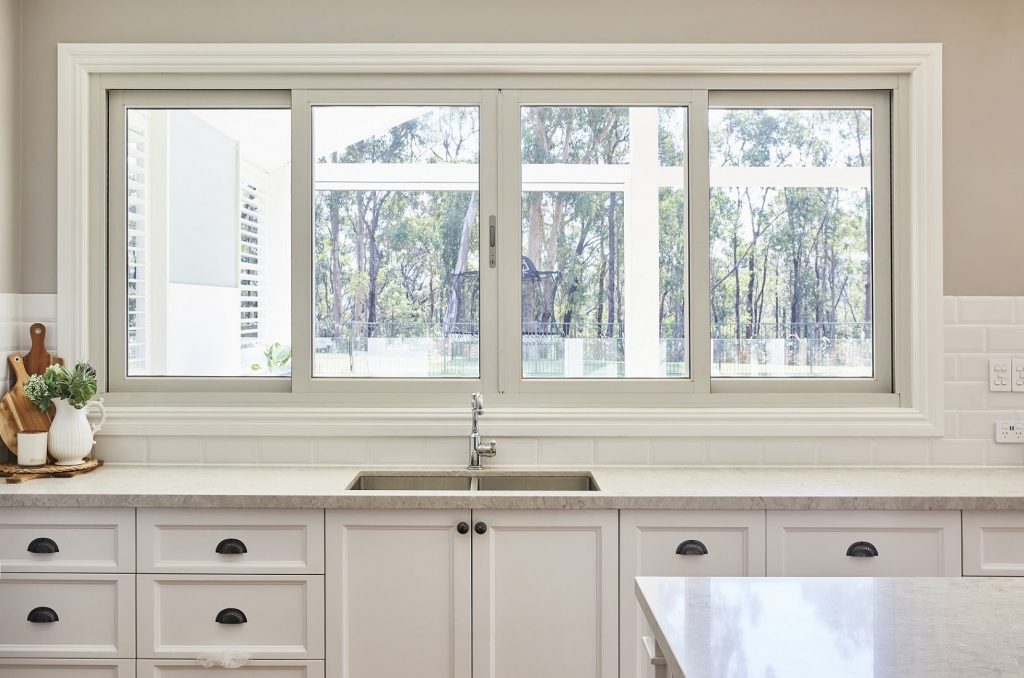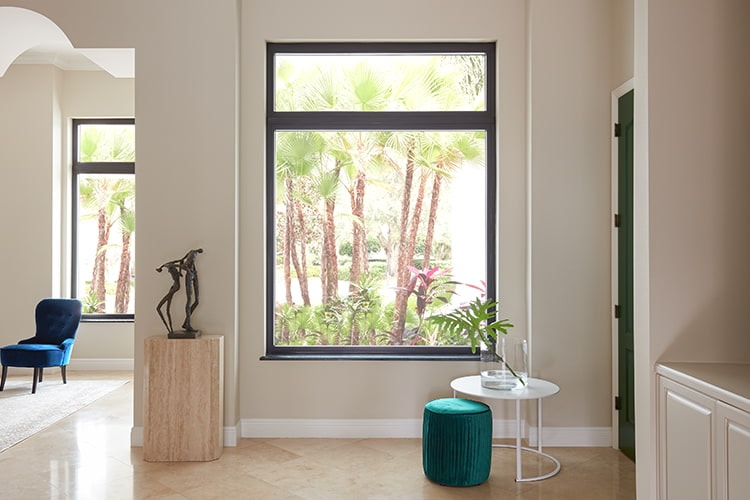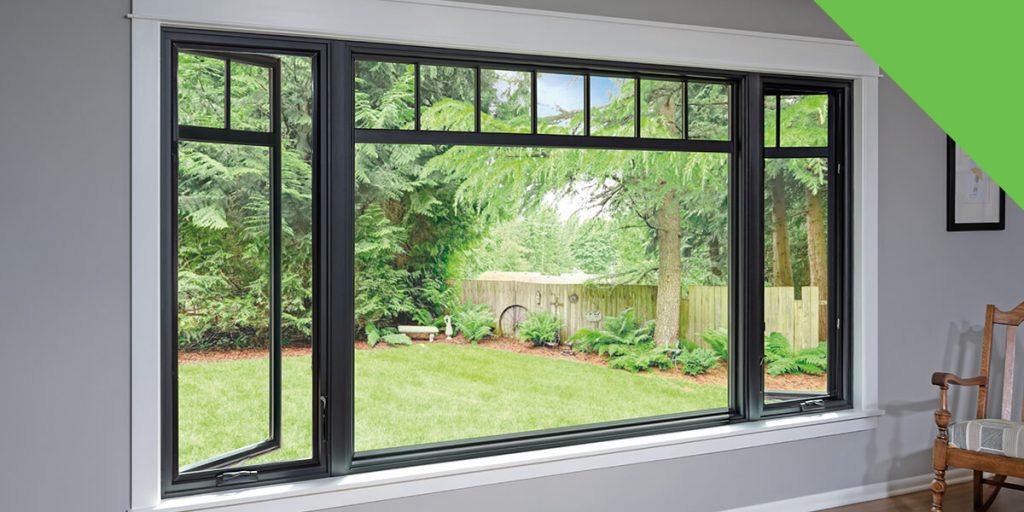Picking windows for your tiny house is not easy. To make a small space seem bigger, you need natural light and windows or mirrors. But there are many window brands, styles, and ideas about eco-friendly and budget-friendly buildings, which can be incredibly confusing. To make things easier, let’s learn about popular window styles and how to effectively choose the best tiny house windows for you!
How to Choose the Best Windows for Tiny Houses
When thinking about windows, there are important factors to think about. These include price, custom or standard, and appearance. Deciding on windows early is crucial because they take time to arrive. Stock windows arrive in a few weeks, while custom ones can take 30 to 60 days.
Cost is a major consideration. You’ll either afford custom windows or need to stick to stock due to budget constraints. Additionally, you should pick a style that matches your design.
Tiny Home Windows Costs
One of the first things you’ll notice is that windows can be pricey! Even when using stock windows, the expenses can quickly add up. You might end up spending around $6,500 on windows for your tiny house, which is quite similar to the cost for a more typical-sized home.
In a tiny house, you’ll definitely want plenty of windows to maximize the amount of natural light. Consider this: an average traditional home of about 2,600 square feet typically has approximately 10 to 12 windows for the whole house. Now, compare that to your 150-square-foot tiny house, where you have a total of 12 windows – it’s quite surprising when you think about it.
Your windows are custom-made, averaging around $375 per window. Plus, you’ve got one pricey casement window and a skylight that can open, which set you back about $600.
Reclaimed Windows for Tiny Houses
Using second-hand or reclaimed windows may seem like an option, but it’s not advisable. First and foremost, finding tempered second-hand windows is nearly impossible. You might be tempted to use untempered windows, but that’s a risky and dangerous choice.
If your tiny home isn’t firmly anchored to a foundation, using tempered glass for all your windows is an absolute must. There’s no room for debate on this matter. It’s not just a legal obligation in numerous states but also a vital safety measure. Tempered glass greatly enhances safety, and if you ever decide to relocate your tiny house, neglecting tempered glass could lead to costly window damage during transportation, wasting both time and money.
Different Styles to Choose from for Your Tiny Home Window
Below are some styles that are suitable for your tiny home:
Awning
You might have come across awning windows, especially if you’ve seen them in many post-WWII commercial buildings, like schools. Awning windows open by swinging or cranking outward from the bottom. This design allowed them to stay open even when it rained, and it made it tough for students to use them to escape from dreaded history class!
Nowadays, you typically spot these windows in basements, but for your tiny house, they might be the perfect fit for a sleeping loft. They provide excellent ventilation no matter the weather. However, do remember that opting for awning windows means you won’t have the option to install a wall-mounted air conditioner in them.

Skylight
If you’re thinking about a more compact tiny dwelling, skylights can be a wonderful addition to your design. While many people in the United States overlook or dismiss skylights, they can actually make a big difference in how spacious your tiny house feels, whether it’s in the bedroom loft or the main living area. Skylights let in natural light without compromising your privacy.
Especially in tiny homes with a steep roof pitch like 10/12 or steeper, skylights might be your best option for adding a significant source of natural light and passive heating/cooling.

Sliding
Sliding windows, as their name suggests, work by having two sashes that slide past each other. You might find these windows appealing for their modern appearance and unobstructed view since they don’t have many panes of glass. When you have a screen in place, they can also provide a nice breeze.
However, there is a drawback to consider. These windows are relatively easy for someone outside to open, which can be a safety concern, especially if you’re not feeling very brave.

Bay
You might wonder how a big bay window could fit into your Tiny Home. Bay windows are usually quite large and often come with a window seat. The typical style includes a flat front piece and two angled side pieces that attach to the home.
However, it’s important to keep in mind that a bay window can alter the shape of your tiny house significantly, and tiny houses already have limited space options. Therefore, if you intend to incorporate a bay window, it’s essential to reconsider the flooring, siding, and even the roof structure of your tiny house.

Transom
Here’s a terrific method for bringing extra light near your front door, improving airflow at the top of a bedroom door, or making a regular window taller without breaking the bank. These come in two varieties: ones you can open (operable) and those that stay fixed in place, with the operable ones often being twice as expensive.

Casement
You might want to think about casement windows as another window option for your tiny home. If you were starting anew, you could choose to have more of these in your design. Specifically, having them at both ends of your tiny house, one at the front and the other near the kitchen at the back.
This setup would enable you to create a pleasant cross breeze throughout your house whenever you want to cool it down or freshen the air. Having one near the kitchen would also be helpful for managing cooking odors, smoke, and other things you’d like to vent outside.

Choose the Best Windows for Your Tiny House with Our Short Guide
Whether you’re navigating the budget, deciding between stock or custom options, or choosing from various styles, make informed choices. Windows are your gateway to natural light and fresh air, and they play a pivotal role in your tiny home’s design and functionality. So, take the time to explore your options, align your choices with your budget, and envision the bright and airy space you’ll create.

